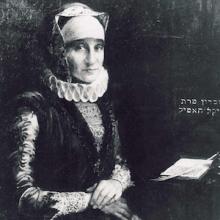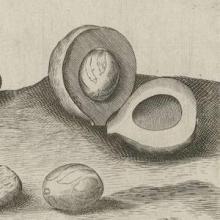Culture

Latin American & Caribbean Digital Primary Resources
As a whole, the database serves the important goal of improving the accessibility of online libraries and archives. It provides a jumping off point for research into a variety of topics within Latin American history, and as it expands, its value will only increase
Syllabus: Women and Gender in World History, 600-2000
The syllabus below lays out a 15-week course, beginning in the 6th century and continuing through the 20th century. It provides suggestions for how to use units and their various parts with your students, as some of the materials are student-facing, and others are instructor-facing.

Global Architectural History Teaching Collaborative
Perhaps most interesting and relevant for world history teachers and students are the modules that make connections across space and time.
A gold dinar of Abd al-Malik minted in Damascus in 697/98
Historians use coins to find evidence of change over time. This dinar coined in 697 or 698 was minted in Damascus by the Umayyad Caliph Abd al-Malik ibn.

Temple of Vespasian altar
This stone alter found in Pompeii, Italy was part of temple dedicated to the Roman Emperor Vespasian who ruled from 69 to 79 CE. The alter depicts a scene of a bull being led to a religious sacrifice, a common practice in ancient Rome.

Edsitement
The site contains over 500 lesson plans in a variety of humanities related subjects including history, literature, and art.Primer: Tasting and Hearing the Past
Experiencing the full spectrum of world history involves all the senses. World historians not only use their eyes to see what happened; they not only read or otherwise examine written and visual evidence.

Primer: Commodities
Commodities are raw materials or basic goods that are produced, transported, traded, and consumed. They are interchangeable, anonymous and are conventionally traded in vast quantities.

World Digital Library
The World Digital Library is a free online archive of over 19,000 culturally significant primary source materials from around the world.